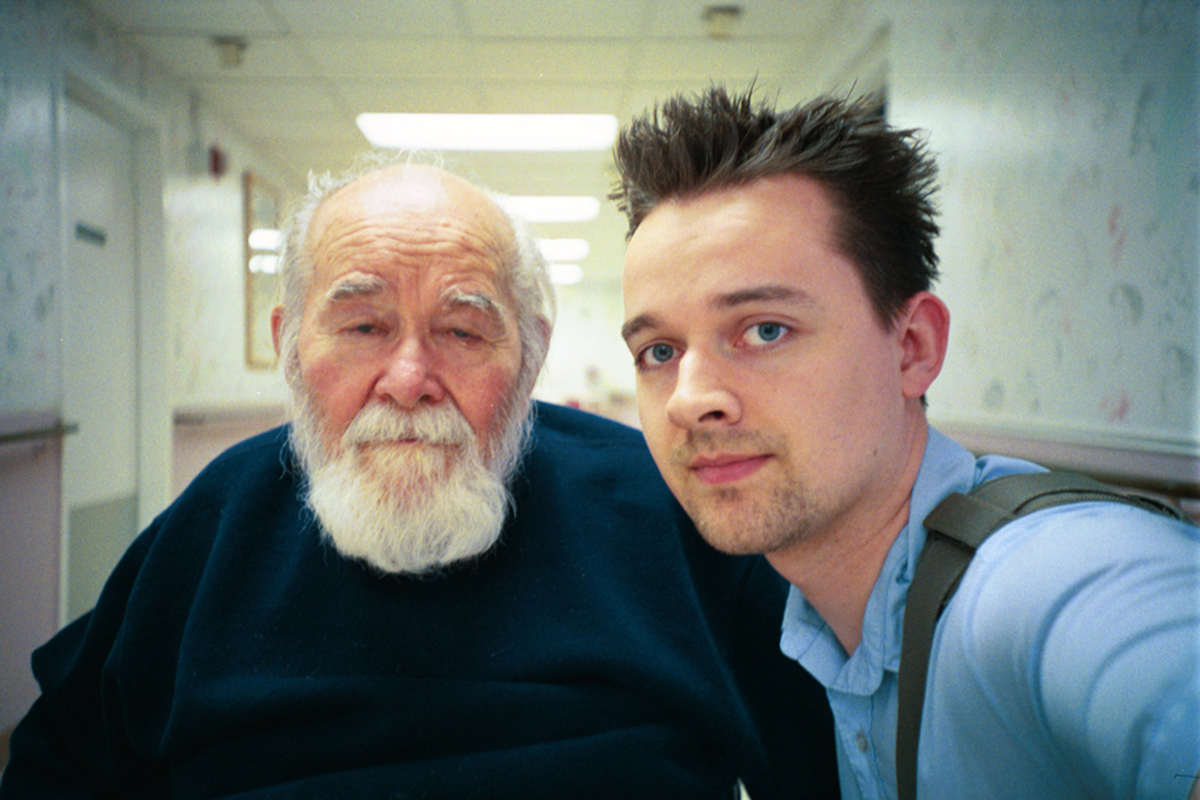Dementia isn't, actually, a diagnosis. Rather, it's an umbrella term that refers to a wide range of neurodegenerative disorders that result in a deterioration of cognitive and memory skills, usually seen in older people. Alzheimer's is the most common form of dementia, accounting for as much as 60 to 80 percent of all dementia cases, making it the most-talked about form of dementia, and probably the first thing that comes to mind when an older friend or relative experiences symptoms that affect cognitive and memory skills.
Here, we'll discuss sementic dementia, a type of dementia that initially affects a person's linguistic skills.

What Is Semantic Dementia?
Before we can define semantic dementia, we have to look at its "parent form of dementia": frontotemporal dementia. Frontotemporal dementia, or FTD for short, is a progressive neurodegenerative disorder that can impact a patient's movement, behavior, and linguistic skills. FTD comes in two main subtypes:
- Behavioral variant FTD usually initially manifests as behavioral and personality changes. Patients may lose their inhibitions and manners and become more outgoing than before. They can make inappropriate comments and display inappropriate sexual boundaries. (A friend's father told his caregiver he'd give her a dollar if she'd dance in front of her naked, to name an awkward example.) They may also become more passive and less motivated to engage in the things that interested them before, withdraw from social engagement, and become aggressive. Obsessive and repetitive behavior can be seen in patients with behavioral variant FTD too.
- Primary progressive aphasia (PPA) initially manifests as a struggle with language skills. People with PPA may have trouble finding the right word, understanding what's said, reading, and talking. They may be unable to pronounce words correctly, unable to complete a sentence, and unable to repeat what was said to them. PPA also involves behavioral changes, but they are not the initial symptom.
What Symptoms Can You Expect With Semantic Dementia?
- Difficulty choosing the right word, including saying the opposite of what was actually meant — "good", instead of "bad" for instance.
- Speech so vague that it's hard to know what they are talking about: "Can you get the thing out of the thing?"
- Losing understanding of what words mean, including asking for definitions of (common) words they previously knew.
- Difficulty with reading and spelling.
- As the symptoms worsen, patients can lose their short-term memory, fail to recognize everyday objects, and lose the ability to recognize faces, including perhaps yours.
- Still later, symptoms of behavioral variant FTD can set in, and you can expect socially inappropriate, repetitive, and obsessive behavior.
How Is Semantic Dementia Diagnosed?
READ Are You At Risk For Dementia?
It's important to know that semantic dementia can coexist with other diagnoses, including parkinsonism and motor neuron disease. This is something that will affect the diagnostic process, as the specialist tries to get the full picture of what is going on in a particular patient.
Semantic Dementia: Diagnosis And Management
Managing FTD, Including Semantic Dementia

- Haloperidol
- Olanzapine (Zyprexa)
- Risperidone (Risperdal)
- Quetiapine (Seroquel)
READ Go For A Daily Run And Lower Your Risk Of Dementia
Depending on where you live, you may have access to all kinds of services, including nurses to help with your loved one's medical needs, caregivers to help with their physical needs (including cleaning and cooking), and organizations that coordinate medical care. It can be helpful for relatives and friends to seek out support groups where they can discuss the difficulties of supporting someone with semantic dementia with others who understand what they are going through, or to attend individual talk therapy sessions to deal with the emotional challenges the deterioration of a loved one inevitably bring.
- Photo courtesy of Vince Alongi via Flickr: www.flickr.com/photos/vincealongi/233836385
- Photo courtesy of Vince Alongi via Flickr: www.flickr.com/photos/vincealongi/233836385
- Photo courtesy of carianoff via Flickr: www.flickr.com/photos/carianoff/3427560049


Your thoughts on this